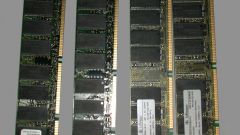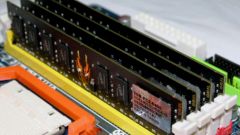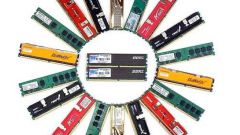Instruction
1
If possible, view the marking directly on the module or read the documentation that came with RAM. In that case, if you don't want to open the system unit and the documents are missing, take advantage of the capabilities of their system.
2
On the desktop or in the start menu right click the mouse on the icon "My computer". In the context menu select "Properties". Opens a new dialog box "system Properties". Go to the General tab and find the group "System". The amount of memory is designated as RAM (random access memory).
3
Also System can call the other way: click the "start" or Windows button, open "control Panel" and select the category "Performance and maintenance" icon, "System", clicking on it with the left mouse button.
4
Memory can be viewed through the task Manager. Click on the taskbar, right-click and select menu "task Manager" or press keyboard key Ctrl, Alt and Del. In the opened window go to the Performance tab and read the information.
5
Another option: call up via the menu "start" "Run" or open the command prompt ("All programs" – "Accessories" – "Command prompt") and enter without any extra characters systeminfo. Press Enter and wait for the completion of the collection of information. Read the information you need in the corresponding row.
6
In the start menu, expand all programs in a folder "Standard", select the sub-folder "Utility" and click the "system Information". A new window will open, select the first item with the left mouse button. Memory information close to the end of the data list.
7
On the home screen, press the function key F1. A window will open "help and support". In the search box type without quotes "RAM". In the list formed by the query, select the section "Getting information about the computer" and set "Show General information about the system". After gathering information, look for the desired information, see "Memory (RAM)".





